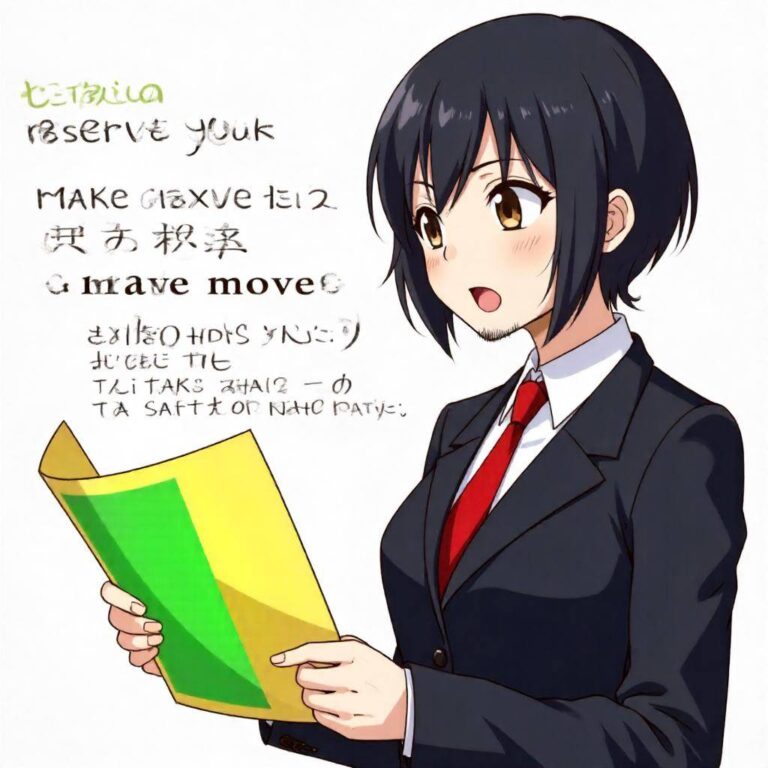Question from a reader:
I specified in-person delivery on Amazon, but it was left at my doorstep instead. As a result, liquid body soap leaked, scattering inside the cardboard box, and my mug was also broken. I incurred a total loss of about 30,000 yen. When I contacted customer service, I was told that an exchange was not possible and that
I could only receive a refund, with no need to return the items and instructed to dispose of them. I followed those instructions, but I never received any emails regarding the refund application or surveys. When I checked again, I was told, “Your refund application has been processed, so please wait for the refund completion email.” This happened four times. Three days later, I received an email from a specialized department stating, “The instruction for no return was incorrect, so you need to either return the items or send images to receive a refund.” Even when I informed them that I had recordings of our conversations, they did not respond at all, and customer service said they could not process the refund based on the specialized department’s instructions. I also consulted the Consumer Affairs Center, but it seemed they could do nothing but hear my situation. I can’t believe I’ve experienced something like this, losing money and having no items left. Am I just supposed to give up? I would appreciate any advice on what to do. Since I disposed of the products, I want to avoid picking them up again, and since it was a gift, I hesitate to ask the recipient for help. Thank you in advance.
Legal Knowledge You Should Know to Resolve Troubles with Amazon
Recently, a question came in from a reader. Despite specifying in-person delivery, their order was left at the doorstep, resulting in leaking liquid body soap and a broken mug, leading to a loss of about 30,000 yen. Even after contacting customer service, the process for a refund was not smooth, ultimately facing a unilateral notification stating that “the instruction for no return was incorrect.” In such a situation, what should one do? Let’s examine it from a legal perspective.
1. Understanding Your Rights as a Consumer
First, it’s essential to consider your rights as a consumer. Japan has the Consumer Contract Act, which aims to protect consumers from unfair contracts and transactions. Specifically, issues related to the method of receiving products and their condition are problems related to sales contracts, and as a consumer, you have the right to seek compensation for these issues. In the reader’s case, the service provider unilaterally chose to leave the package at the doorstep despite the request for in-person delivery, indicating that the terms of the contract were not fulfilled. At this point, it is highly likely that the consumer’s rights have been violated.
2. Approaching Customer Service
Now, let’s consider the interactions with customer service. Customer service is the point of contact for consumers and is the first place to resolve issues. However, sometimes the response may be inadequate or incorrect information may be provided. Therefore, it is advisable to keep the following points in mind while communicating: 1. Keep records: It is crucial to document all interactions (phone conversations, email exchanges, etc.). If you have recordings like the reader, you may be able to use that evidence. 2. Communicate calmly: It is important to convey facts without becoming emotional. By specifically explaining, “I requested in-person delivery, but it was left at my doorstep, resulting in damage to the product,” you can help the other party understand. 3. Request escalation: If customer service cannot resolve the issue, you can request to escalate the matter to a higher-level representative or a specialized department.
3. Utilizing the Consumer Affairs Center
The reader mentioned consulting the Consumer Affairs Center, but it is important to understand what they can actually do. The Consumer Affairs Center accepts consumer inquiries and provides advice and information for resolving troubles. However, they may find it challenging to directly assist in resolving issues. The key point here is to bring specific information when consulting. By presenting documented interactions and detailed descriptions of the situation, the consultant can provide more specific advice.
4. Considering Legal Action
If customer service and the Consumer Affairs Center cannot resolve the issue, considering legal action is another option. From a legal standpoint, you can file a civil lawsuit, but litigation can be time-consuming and costly, so careful judgment is necessary. There is also a procedure for small claims. This process is designed to resolve relatively small monetary claims quickly and can be used easily. If the reader’s loss is 30,000 yen, this procedure may be applicable.
5. In Conclusion
The reader’s situation is very unfortunate, and I sympathize with them. It is important to understand consumer rights and respond appropriately. Additionally, by staying calm and organizing the facts, and considering legal action if necessary, a resolution may be found. Sometimes, seeking help from those around you can also be reassuring. Finally, it is essential to assert your rights as a consumer. I believe it is crucial to take action to protect your rights. I hope that the issue can be resolved in some way.



